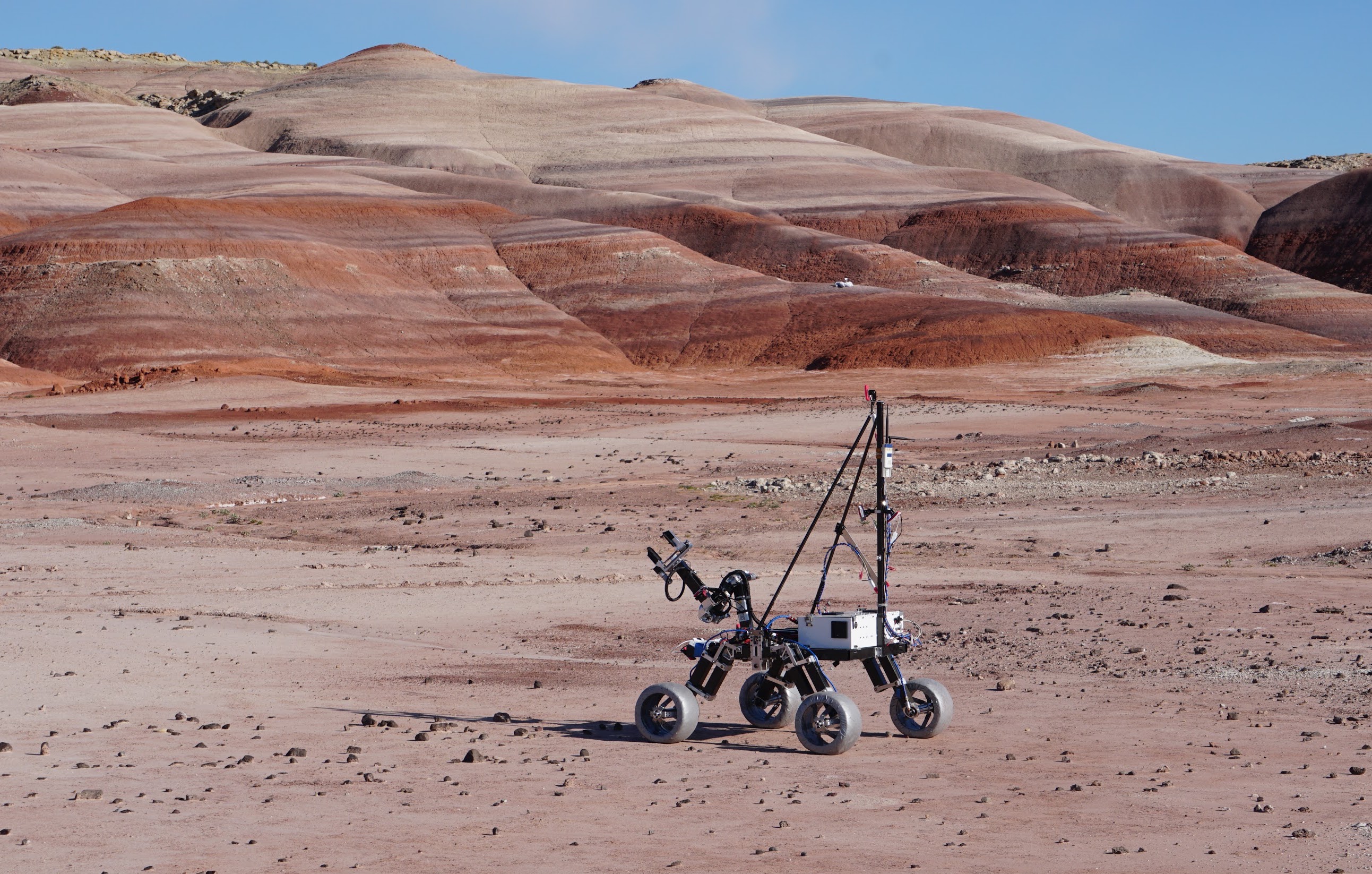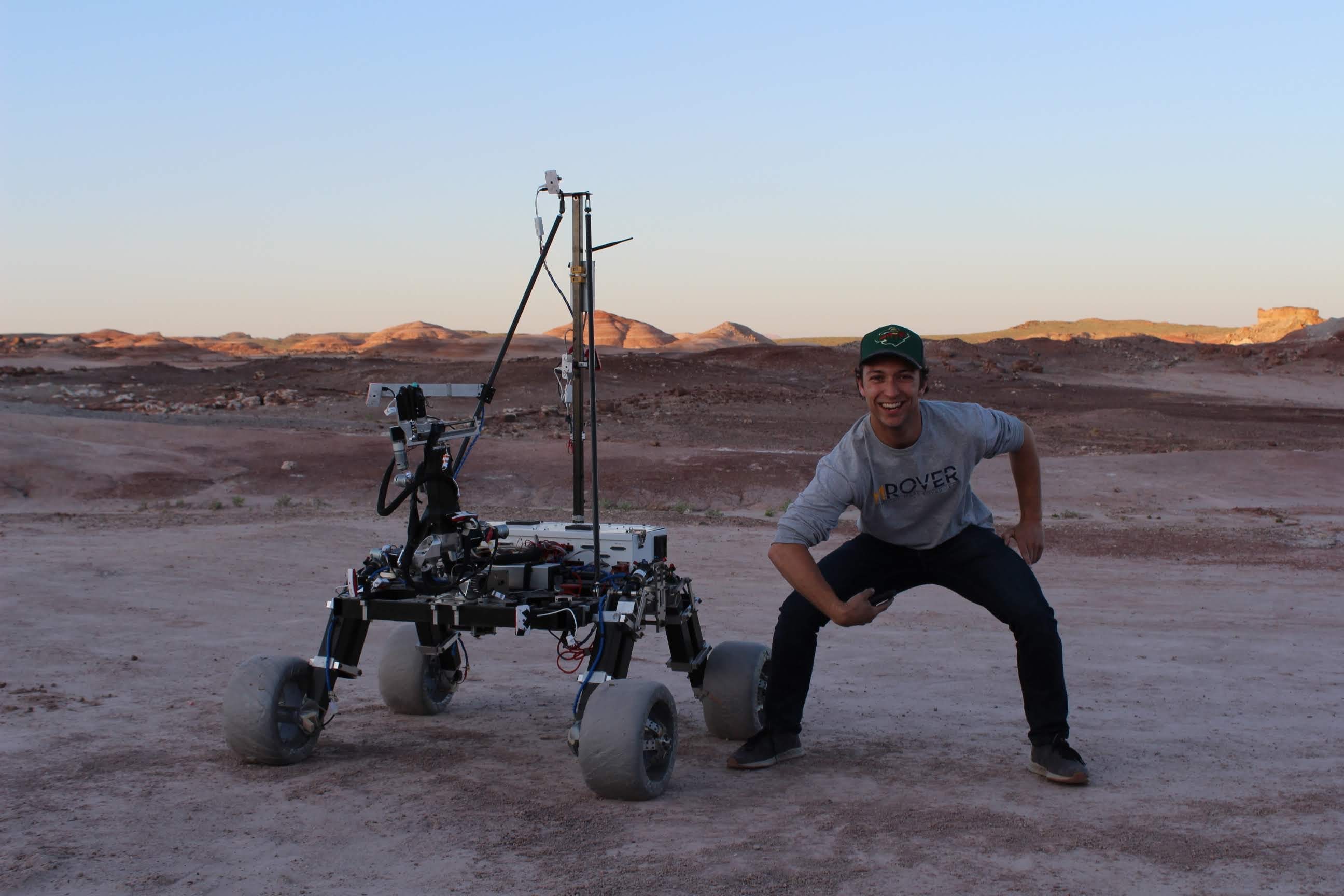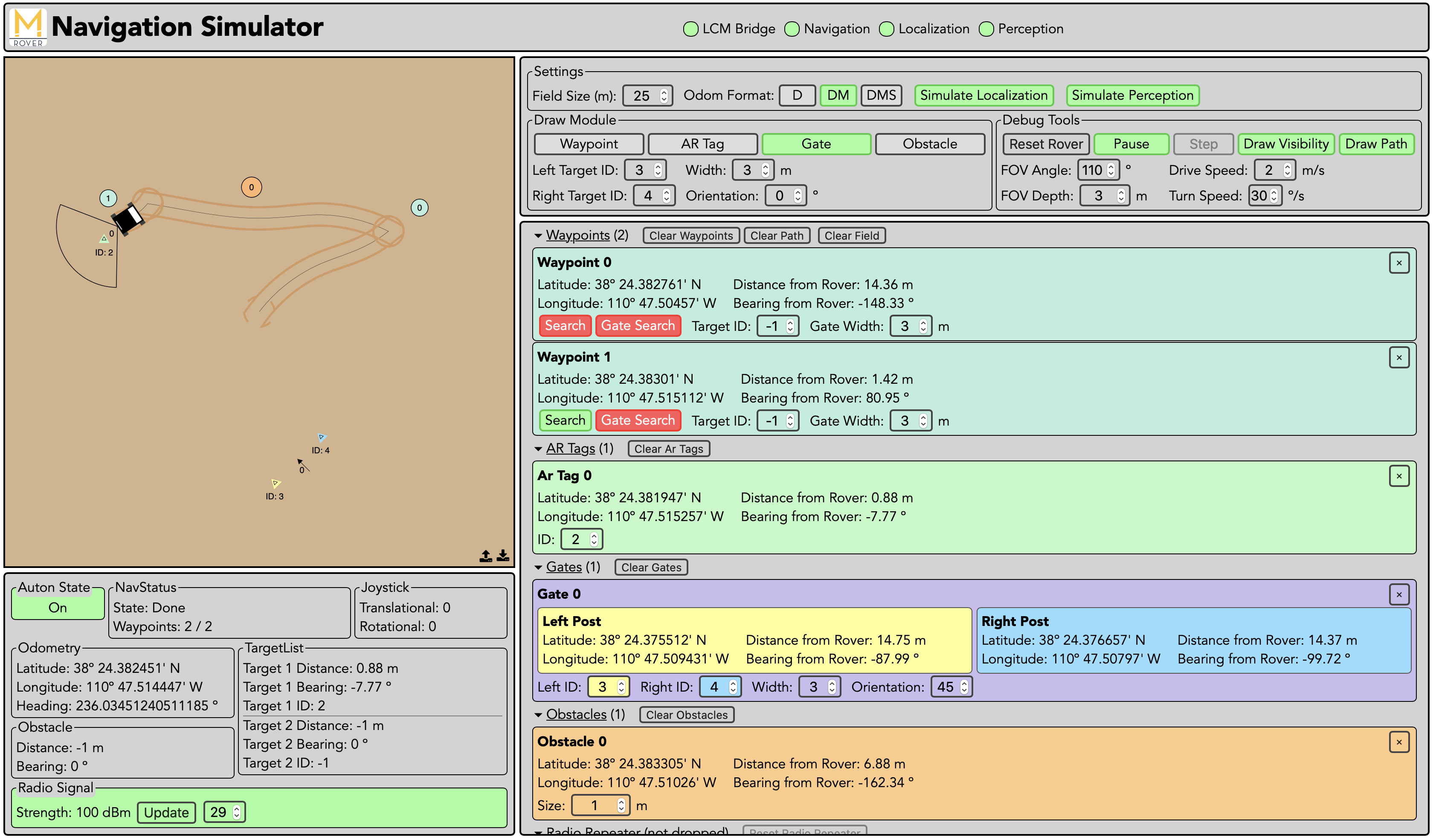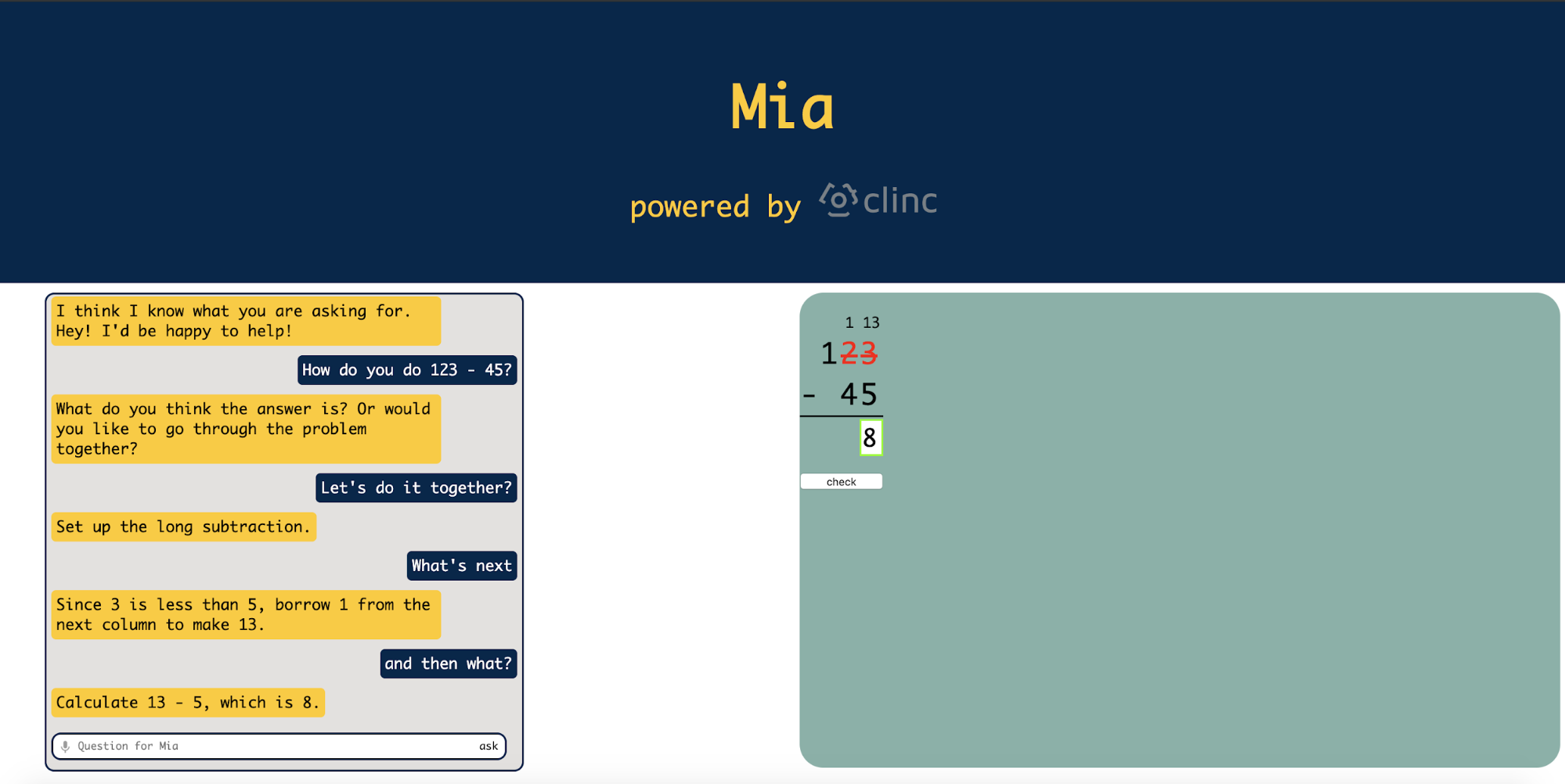Work Experience

Software Engineer
Microsoft - Redmond, WA
January 2020 - present
I currently work on the Azure Privileged Identity Management team where I help keep millions of users' identities secure in their day-to-day work. I am mainly focused on front-end web development which allows me to pursue my passion for creating impactful user interfaces. I am also exploring how our team can migrate from KnockoutJS to React within the constraints of internal frameworks in order to have a more performant and maintainable service. I recently redesigned our team's end to end UI test project to increase reliability and maintainability through statelessness and object-oriented paradigms such as abstraction, encapsulation, and polymorphism. Additionally, I am improving our onboarding process by developing more robust documentation, a concrete on-call training guide, and serving as an onboarding buddy and mentor for our newest engineers.
Technical skills: Typescript, KnockoutJS, React, C#, Sinon, Jasmine, Mocha, HTML, CSS, Azure Pipelines, Git


Graduate Student Instructor - Web Systems
University of Michigan - Ann Arbor, MI
August - December 2020
I worked on the staff for EECS 485 - Web Systems as a Graduate Student Instructor (GSI) where I taught students introductory web development concepts such as server and client-side dynamic pages, web security, and MapReduce. A new focus for us was adding how to use cloud computing technologies such as AWS for scaling up web applications which we taught through hands on labs. On top of the normal responsiblities of being a GSI such as office hours and helping students with class concepts, I was responsible for coordinating logistics for the exams and quizzes which was of particular importance as we temporarily moved to a completely remote offering of the course.
Technical skills: JavaScript, React, Python, Git

Software Development Engineer Intern
Amazon.com - Seattle, WA (worked remotely)
May - July 2020
I interned at Amazon for the summer of 2020 working on the Offer Listing Service team within the eCommerce Foundation group. I was tasked with building an audit tool to track historical data to allow my team's customers to easily query and visualize changes to that data. To implement my solution, I used AWS cloud computing technologies in order to handle large volumes of incoming traffic (the tool is currently handling over 500 transactions per second). I was able to enable continuous deployment of the tool by leveraging industry leading DevOps practices. This project was densley packed with learning opportunities. After the design phase, I presented multiple options along with my proposed design which I had settled on after multiple discussions with my teammates. This design meeting was a big wake-up call for me. Over the first few weeks of my internship I spent a lot of time fully understanding the problem I was trying to solve, however I failed to fully view the problem from the perspective of my customers which was a point drilled home at my design review. Moving forward, I had multiple meetings with my customers throughout the remainder of my internship which proved vital for building a product that they wanted to use. On the more technical side of things I learned many new skills involved in writing enterprise level software such as injection and mocking for unit testing.
Technical skills: Java, AWS Cloud Computing (Lambda, Kinesis Firehose, S3, SNS, CloudFormation), JUnit, Git

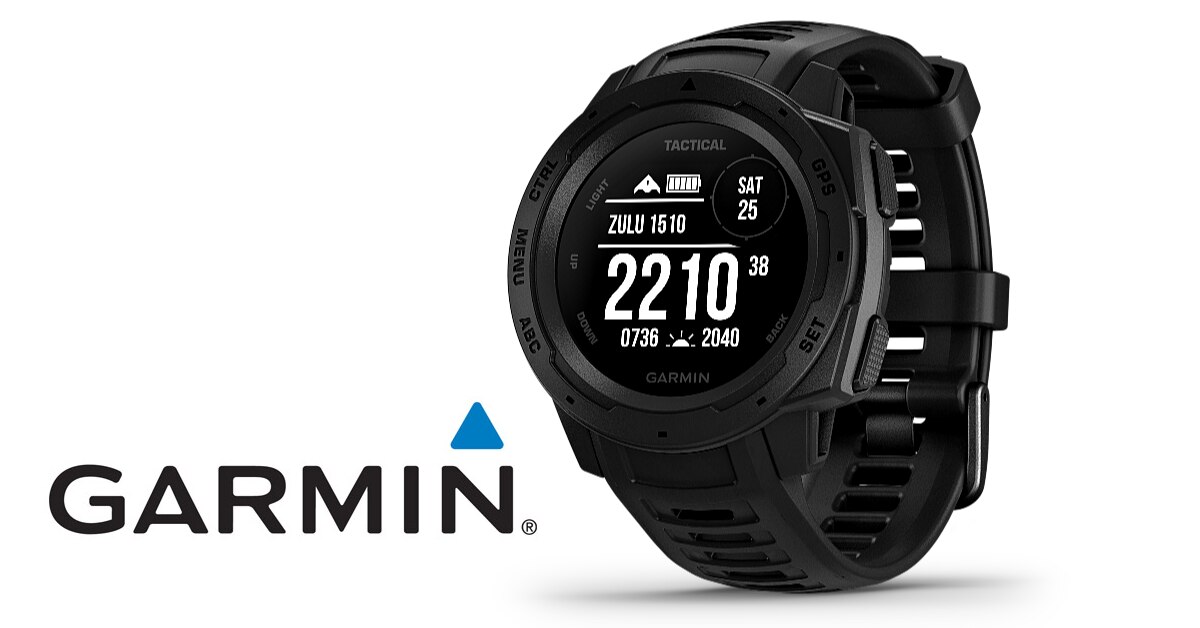
Software Engineer Intern
Garmin International, Outdoor Department - Olathe, KS
May - August 2019
During the summer of 2019, I returned to Garmin, this time in the Outdoor department, on the high-level software team responsible for the outdoor smartwatches. The focus of my internship was developing graphical representations of in-activity metrics for the next generation of outdoor and fitness smartwatches. In other words, I created data fields that included gauges, graphs, dials, etc. to visually represent the data available to the customer during activities. Another feature that I worked on was implementing stealth mode on the Instinct Tactical. This feature hides GPS data from external use in order to comply with military regulations while still allowing all on-device features to remain functional.
Technical skills: C, Monkey C, Git
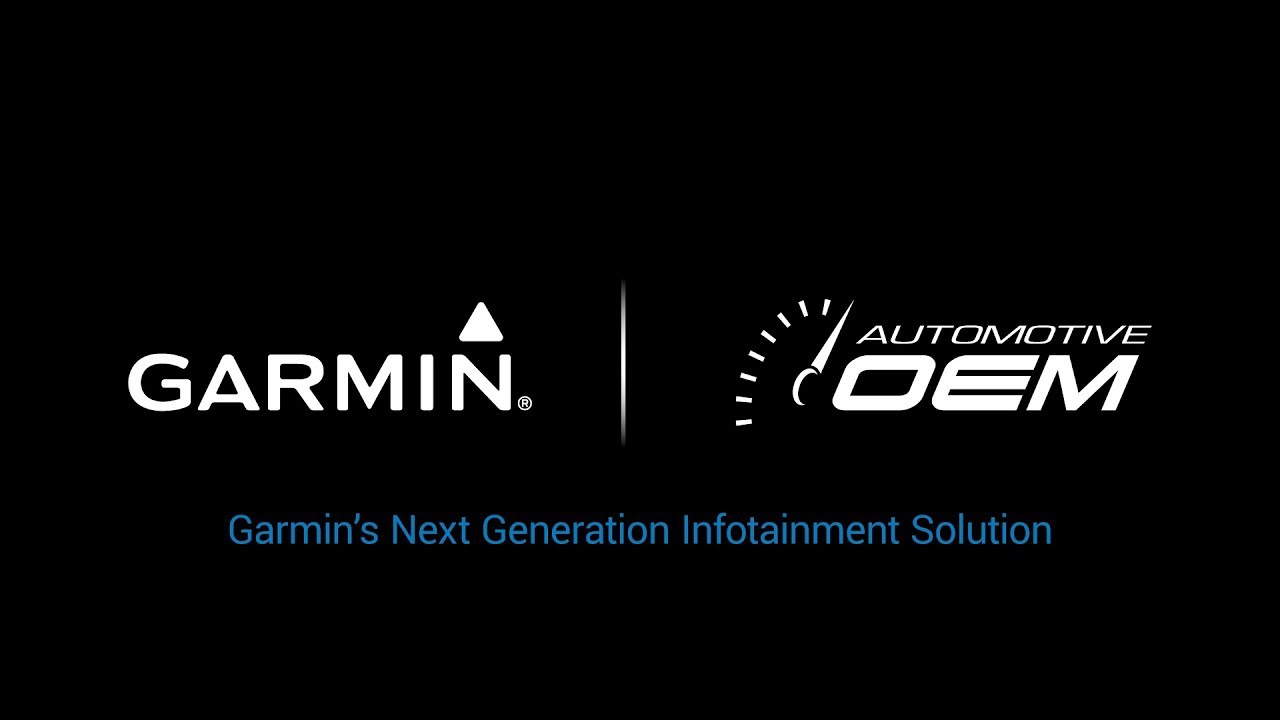
Software Engineer Intern
Garmin International, Automotive OEM - Novi, MI
April - August 2018
For my first internship I worked at Garmin International in the Automotive OEM department as a software engineer intern during the summer of 2018. I was on the navigation app UI team and I primarily worked on building developer tools to increase productivity. My first major project was to create a tool to automatically download all libraries necessary for debugging off of an automotive head unit after a software crash. This effectively eliminated a 15 minute manual step from the debugging proces. Next, I worked on automatically creating log files when developers inserted a flashdrive into the head unit in order to record any problems that occured in field testing. My largest project was to develop an automated testing framework to simulate interactions between Garmin's navigation app and the rest of the head unit. I also implemented multiple customer facing features such as providing screenshot previews of map locations.
Technical skills: C++, Python, Qt, Squish GUI testing, Git


